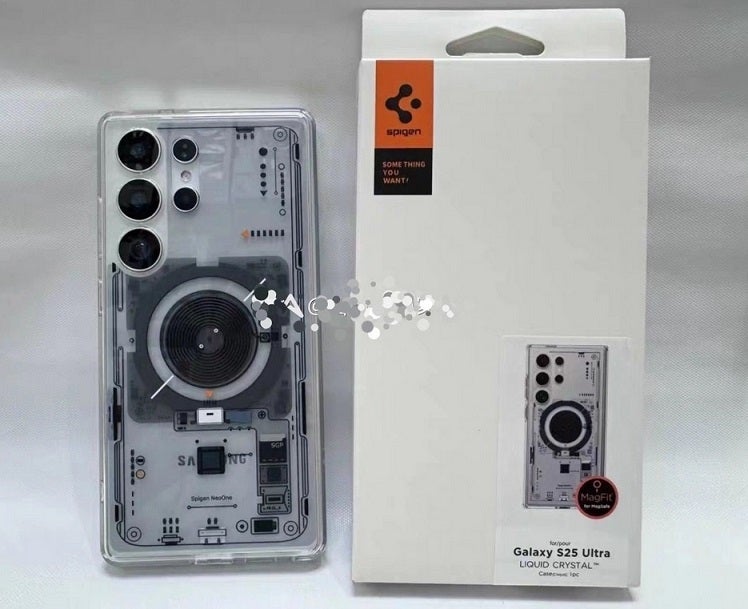There are different types of display devices on the market, such as LED, LCD, DLP, and projection products. Faced with the characteristics of different types of display products, how should we make correctly choose products?
With the development of LED technology, LED displays have gradually evolved from large pitch outdoor LED display to fine pitch indoor LED display, and their indoor applications are becoming more and more common. Especially with the rapid development of smart cities and security industries, the demand for indoor display devices in various cities is increasing.
Below, IAM Used LED display will introduce the relevant characteristics of different products for your reference.
Indoor small pitch LED display
In terms of display performance, small-pitch indoor LED displays have different light-emitting principles and structures. They have a wide color gamut and excellent color performance capabilities. Compared with DLP and LCD, they have fast response speed, no ghosting, smearing and other problems, and can achieve seamless splicing. With the development of technology, the price of fine-pitch LED display continues to become more “people-friendly”.
indoor splicing LCD screen
The advantages and disadvantages of LCD splicing screens are relatively obvious. The biggest shortcoming is that the splicing gap is too large. Even the 1.8 mm splicing gap is visible to the naked eye, which has an impact on the overall visual performance. Secondly, the picture is greatly affected by external light, and the problem of easy reflection also needs to be solved.
However, it still has great advantages in resolution, heat generation, maintenance, etc. In addition, indoor display does not require high brightness, coupled with low price and low maintenance cost, LCD screen still has obvious advantages in indoor display.
DLP indoor splicing screen
DLP splicing performance is stable, and it performs better than LCD in terms of splicing gaps and mirror reflection. The disadvantage is that it cannot be compared with small spacing. In terms of resolution and heat generation, it is not as good as LCD, but it is better than small pitch LED display in terms of heat. Generally speaking, DLP has low brightness, seams and mirror reflections, and the overall performance is “mediocre”.
How to Choose one?
With the development of technology,Top small pitch LED display manufacturers have become popular in the field of high-end large LED screens. They are the first choice whether they are used for on-site display at various summits, press conferences, or in large command centers.
Combined with the development of the Internet era, collaborative office, multi-place interconnection and multi-place remote meetings promote the application and development of LED displays in the conference market, providing a powerful carrier for transmitting information for large meetings and important meetings. LED displays are widely used in The use of conference rooms solves many problems of projection or splicing products, so it develops rapidly in the conference screen market.
Conclusion:
The above introduces the advantages, disadvantages and application development trends of different Indoor display devices. Perhaps you should already have some understanding of these display equipment. When choosing Indoor display, we still need to focus on examining the characteristics of different products and purchase right display devices for the project based on our own needs.
FAQs:
What is the difference DLP and LCD display?
DLP: Digital light processing, which means that this technology must first digitally process the image signal and then project the light.
LCD: It is combination of liquid crystal display technology and projection technology.
Different principles
DLP: The digital micromirror chip (DMD) is used as the main key processing element to realize the digital optical processing process.
LCD: Three liquid crystal panels of red, green and blue are used as the control layers of red, green and blue light respectively. The white light emitted by the light source converges to the dichroic mirror group after passing through the lens group. The red light is first separated and projected onto the red LCD panel. The image information represented by transparency “recorded” by the LCD panel is projected into the image.
Different characteristics
DLP: It is an original solution that uses optical semiconductors to produce digital multi-light display. It is an extremely reliable all-digital display technology that can provide the best image effects in various products such as large-screen digital TVs, corporate/home/professional conference projectors, and digital cameras (DLP Cinema).
LCD: Utilizes the electro-optical effect of liquid crystal and controls the transmittance and reflectivity of the liquid crystal unit through circuits, thereby producing beautiful images with different grayscale levels and up to 16.7 million colors.




